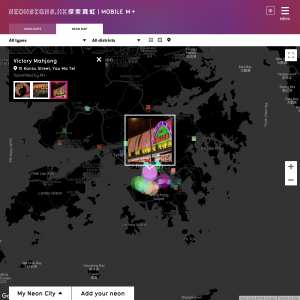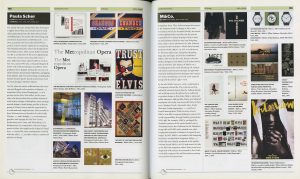/* Rachel Lee
Section E
rwlee@andrew.cmu.edu
Project-02 (Variable Faces) */
var skinColor = 193; // skin color
var eyelidH = 133;
var eyeballSize = 126; //eye
var reflectionX = 302;
var hornsX1 = 228; //horns
var hornsY1 = 143;
var hornsX2 = 220;
var hornsY2 = 78;
var hornsX3 = 265;
var hornsY3 =114;
var faceSize = 300; //face
var eyelidX = 126; //eyelid
var eyelidY = 130;
var cornerLX = 250; //lip
var cornerY = 275;
var cornerRX = 370;
function setup() {
createCanvas(640, 480);
}
function draw() {
background(100, 120, 170);
noStroke();
// horns
fill(230, 215, 150);
triangle(hornsX1, hornsY1, hornsX2, hornsY2, hornsX3, hornsY3);
triangle(hornsX1 + (width * 0.5 - hornsX1) * 2, hornsY1, hornsX2 + (width * 0.5 - hornsX2) * 2, hornsY2, hornsX3 + (width * 0.5 - hornsX3) * 2, hornsY3);
//face
fill(163, skinColor, 58);
ellipse(width * 0.5, height * 0.5, faceSize, faceSize);
//eyelid
fill(70, 115, 50);
ellipse(width * 0.5, 200, eyelidX, eyelidY);
//eye
fill(255);
ellipse(width * 0.5, 243 - faceSize * 0.1, eyeballSize, eyeballSize);
fill(60, 185, 165);
ellipse(width * 0.5, 243 - faceSize * 0.1, eyeballSize * 0.5, eyeballSize * 0.5);
fill(0);
ellipse(width * 0.5, 243 - faceSize * 0.1, eyeballSize * 0.3, eyeballSize * 0.3);
fill(255);
ellipse(reflectionX, 243 - faceSize * 0.1, eyeballSize * 0.1, eyeballSize * 0.1);
//mouth
stroke(70, 115, 50);
strokeWeight(2);
noFill();
curve(cornerLX, cornerY, cornerLX + 15, cornerY + 45, cornerRX + 15, cornerY + 35, cornerRX, cornerY);
}
function mousePressed() {
faceSize = random (275, 325);
eyeballSize = random (120, 145);
// reflectionX = random (302, 320);
skinColor = random (160, 230);
cornerY = random (280, 305);
}
For this project, I decided to try to recreate Mike Wazowski from my favourite Pixar movie, Monster’s Inc. While it took me a while to figure out some aspects of this composition, I really looked forward to seeing what kind of features would be randomly generated– it was rather exciting to play with.
![[OLD FALL 2018] 15-104 • Introduction to Computing for Creative Practice](../../../../wp-content/uploads/2020/08/stop-banner.png)

